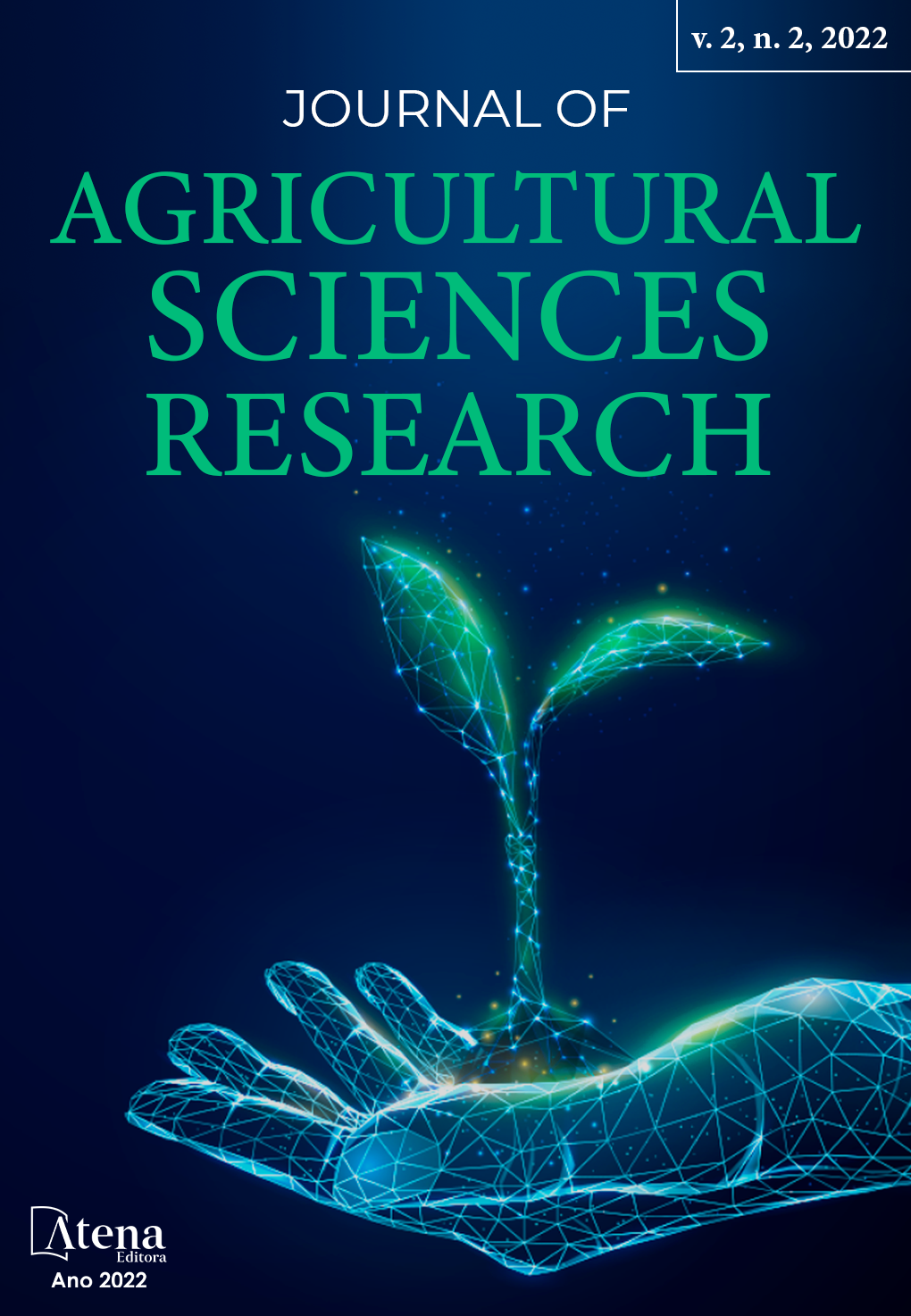
PRESENCIA DE DIFERENTES MICOTOXINAS EN MAÍZ GRANO (ZEA MAYS) DE ORIGEN CHILENO
En Chile y al igual que en otros países de la región, el maíz sigue siendo el principal ingrediente del alimento para aves, cerdos y, en una menor inclusión, para ganado bovino. Las micotoxinas son metabolitos de los hongos presentes en gran variedad de alimentos de origen vegetal, los que poseen efectos sinérgicos y acumulativos, encontrándose desde problemas productivos y reproductivos, hasta metabólicos. El objetivo del presente estudio fue evaluar cuantitativamente la presencia de diferentes micotoxinas en maíz grano cultivado y cosechado en Chile para lo cual fueron recolectadas muestras de maíz grano de ese origen procedentes de diferentes explotaciones avícolas, ganaderas, porcícolas y plantas de alimento de diferentes especies animales las que fueron analizadas para una o más de las diferentes micotoxinas: aflatoxina, fumonisina, ocratoxina, toxina T – 2, zearalenona y deoxinivalenol (DON).
Los resultados de micotoxinas obtenidos en el maíz chileno durante el período evaluado se encuentran en niveles de bajo riesgo según la norma y la ley chilena de contaminantes, según la Agencia de Medicamentos y Alimentación de los EEUU (FDA, por sus siglas en inglés) y según la Fundación Española para el Desarrollo de la Nutrición Animal (FEDNA).
Es fundamental un muestreo continuo de micotoxinas de las materias primas, sobre todo del maíz, que representa una alta inclusión dentro del alimento. Si bien las muestras analizadas presentan bajos valores de micotoxinas, no quiere decir que el maíz chileno no represente riesgos de micotoxinas, ya que estas no se distribuyen de manera homogénea en los ingredientes, por lo que una toma de una muestra representativa es primordial para detectarlas de manera eficaz, aun así, existiendo la posibilidad de que no aparezcan micotoxinas en los muestreos, lo que las convierte en un enemigo invisible, del cual siempre hay que estar atento.
PRESENCIA DE DIFERENTES MICOTOXINAS EN MAÍZ GRANO (ZEA MAYS) DE ORIGEN CHILENO
-
DOI: 10.22533/at.ed.973222201031
-
Palavras-chave: micotoxinas, maíz chileno, producción animal, alimentación
-
Keywords: Mycotoxins, Chilean corn, animal production, feeding
-
Abstract:
In Chile and as in other countries in the region, corn continues to be the main ingredient in feed for poultry, pigs and, to a lesser inclusión, for ruminants. Mycotoxins are fungi metabolites present in a wide variety of plant based ingredients, which have synergistic and cumulative effects, ranging from productive and reproductive problems to metabolic ones. The objective of this study was to quantitatively evaluate the presence of different mycotoxins in grain corn grown and harvested in Chile, for which grain corn samples of that origin were collected from different poultry, livestock, pig farms and food plants of different animal species. those that were analyzed for one or more of the different mycotoxins: aflatoxin, fumonisin, ochratoxin, T-2 toxin, zearalenone and deoxynivalenol (DON).
The results of mycotoxins obtained in Chilean corn during the evaluated period are at low risk levels according to the Chilean legislation, according to the Food and Drug Administration of the USA (FDA) and according to the Spanish Foundation for the Development of Animal Nutrition (FEDNA).
Continuous sampling of raw materials for mycotoxins is essential, especially corn, which represents a high inclusion in the feed. Although the analyzed samples have low mycotoxin values, this does not mean that Chilean corn does not represent mycotoxin risks, since these are not distributed homogeneously in the ingredients, so taking a representative sample is essential to detect them effectively, even so, with the possibility that mycotoxins do not appear in the samples, which makes them an invisible enemy, of which we must always be aware.
-
Número de páginas: 5
- Gastón Cassus B
- Antonia Muñoz


